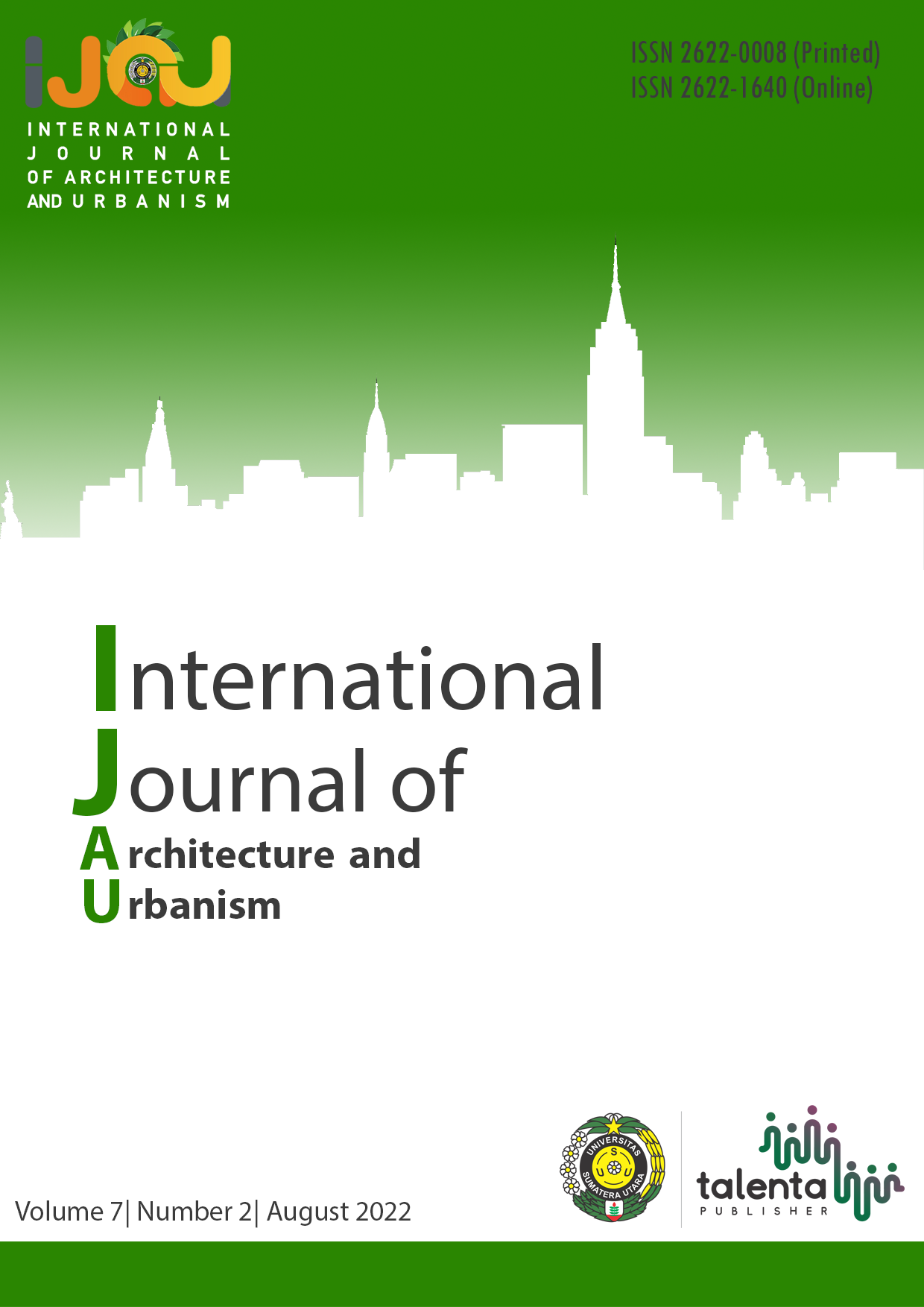Landscape Planning of Pondok Tahfidz with Islamic Garden Concept in Durin Simbelang A Village, Pancur Batu
DOI:
https://doi.org/10.32734/ijau.v7i2.13496Keywords:
Islamic garden, landscape planning, tahfidzAbstract
Pancur Batu is one of the districts in Deli Serdang, with the majority of the population being Muslim. But from a large number of the Muslim population, the facilities to channel the spiritual needs of Muslims are relatively few. There are fewer mosques than churches, and schools that teach Islamic knowledge, such as Madrasahs and tahfidz houses, are also relatively few. This research aims to design the landscape of the tahfidz hut area as a place to channel the spiritual needs of Muslims which contain open space, a tahfidz Qur'an building, a place of Muslim worship (Mosque), a coaching area for tahfidz Qur'an students and Muslim visitors. Islamic garden is a concept adopted from the depiction of the beauty of heaven in the Qur'an towards a landscape character. The research method used in this research is the site inventory method, then comparative studies of similar projects, literature studies, and data analysis techniques. The results of this research are in the form of working drawings that include basic concepts, design concepts, and development concepts. The output of landscape planning of Tahfidz boarding school consists of a site plan and illustration drawing. The result of Islamic garden-based landscape planning is to plan a landscape that can be enjoyed optimally and can have a good influence on humans and has sharia rules or restrictions on elements, characters, and activities in Islamic gardens that aim not to associate with Allah SWT.
Downloads
Downloads
Published
How to Cite
Issue
Section
License
Copyright (c) 2023 International Journal of Architecture and Urbanism

This work is licensed under a Creative Commons Attribution-ShareAlike 4.0 International License.


.png)










